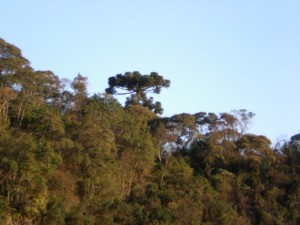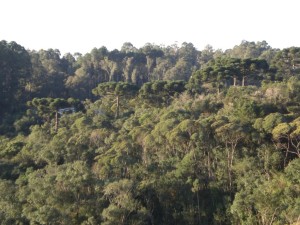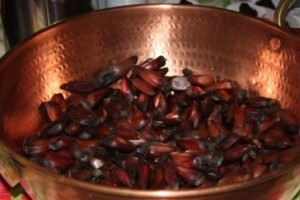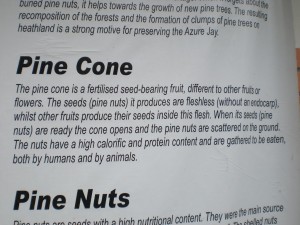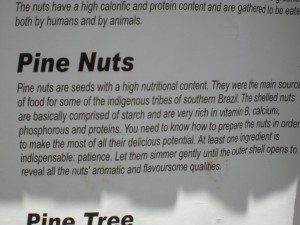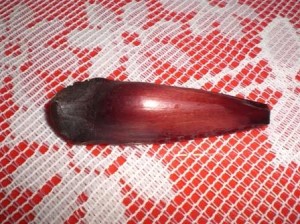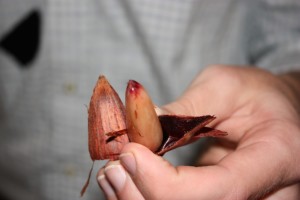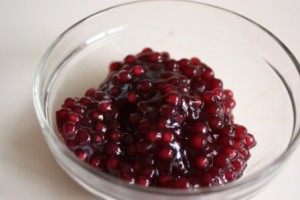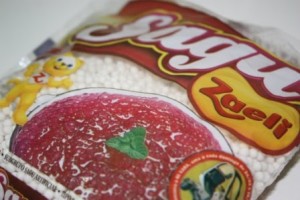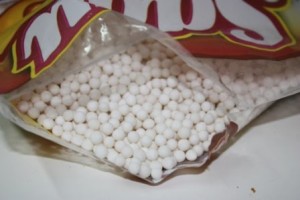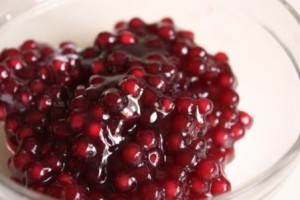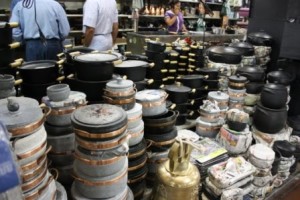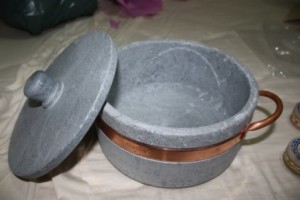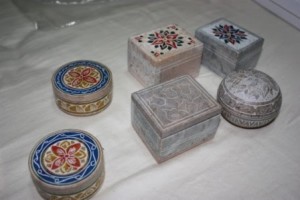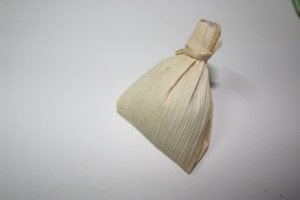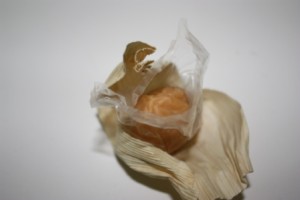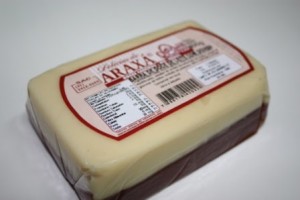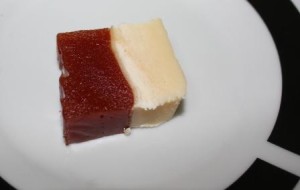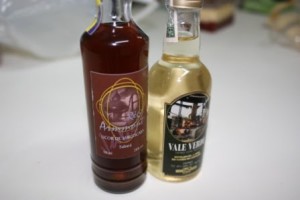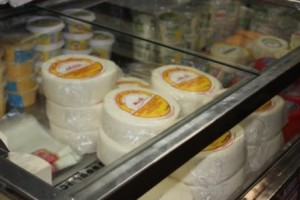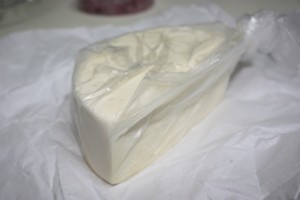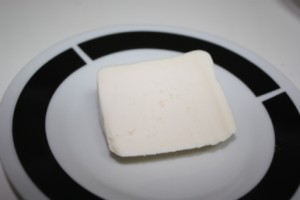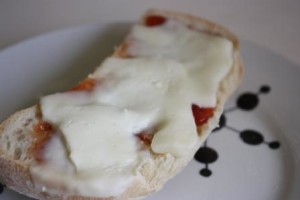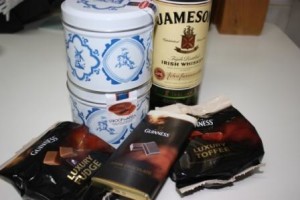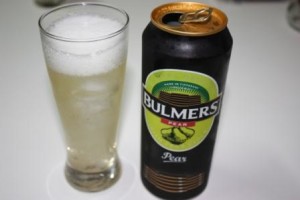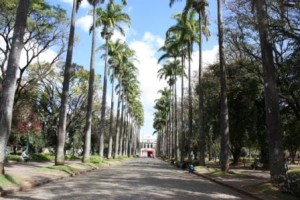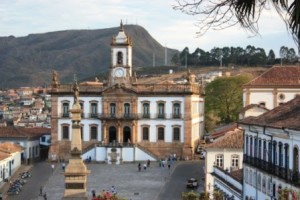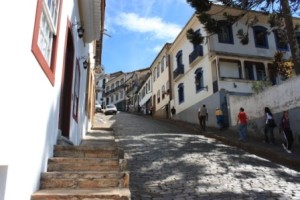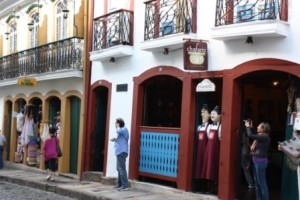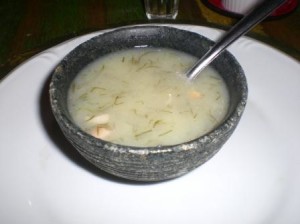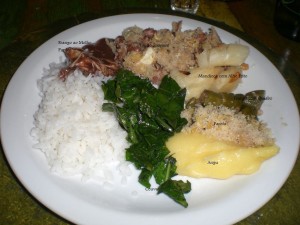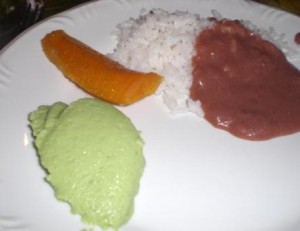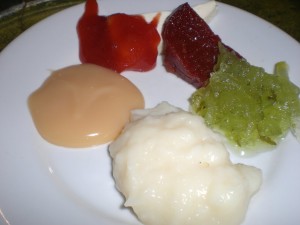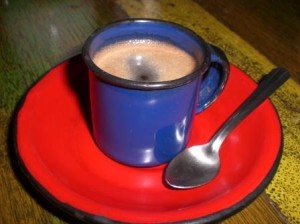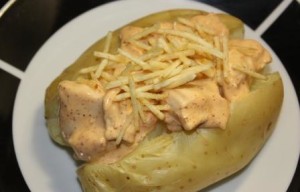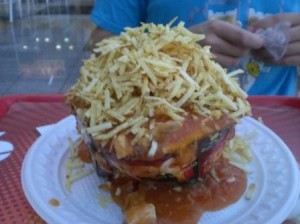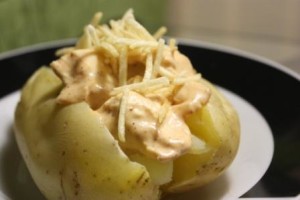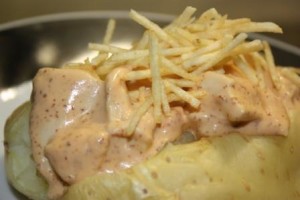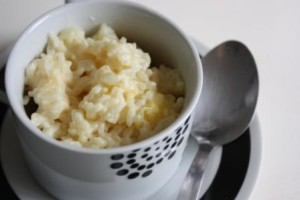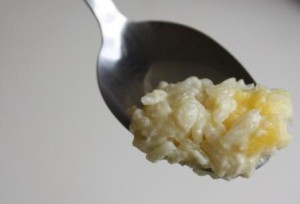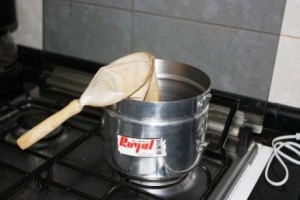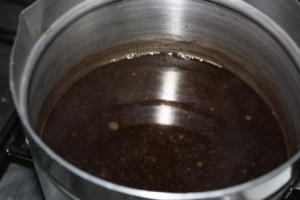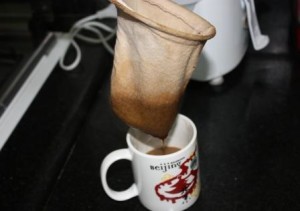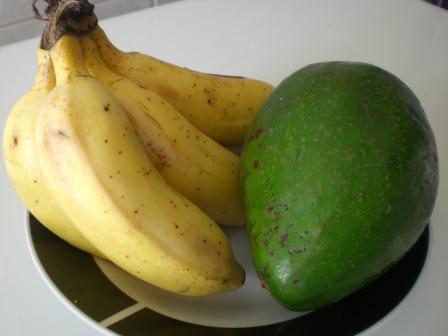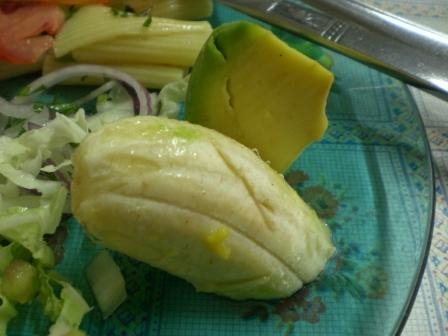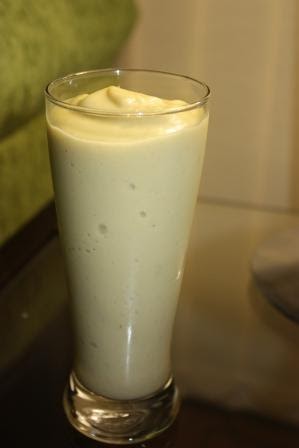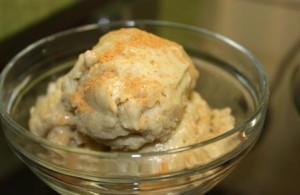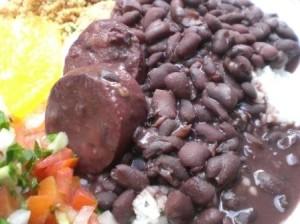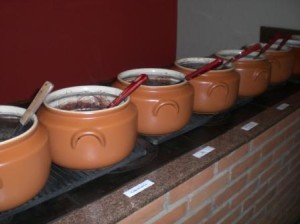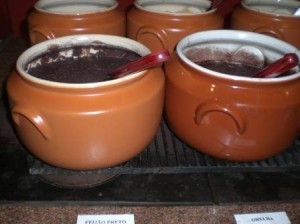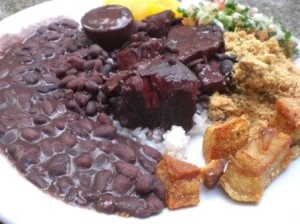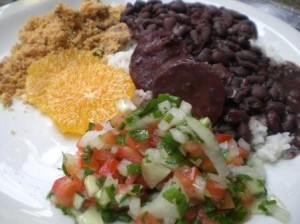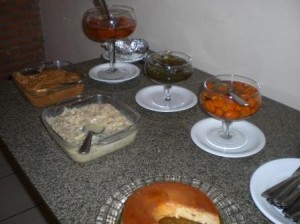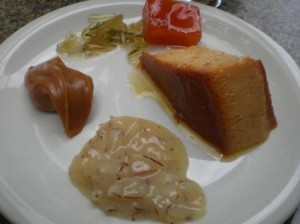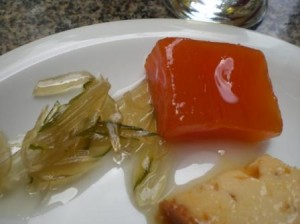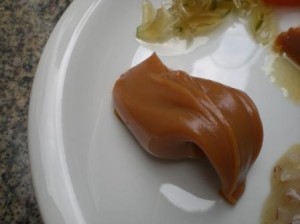Fondue? I love fondue. I’m not sure what it is about it. Maybe it is the slow leisurely process of enjoying the meal, the fact that it is a meal I often enjoy with my husband on special occasions, or maybe it is the food. Yes, the actual food ranks high on the list.
In the US our fondue experience has been limited to Melting Pot. We still enjoy that restaurant very much, but we have found a rather outstanding substitute here in Brazil.
I may have mentioned it before, but in the city we live in right now, food variety is limited. Sure there are lots of great Brazilian foods and even Japanese for that matter, but you won’t find a lot of cultural variety.
Curitiba, one of my favorite cities, is a completely different story. There you can find foods from just about every culture of the world and we take full advantage when we are visiting. On one of our first visits a friend told me about a great fondue restaurant, Chateau de Gazon. It was love at first bite and we’ve been back each trip since. We celebrated our anniversary there, my husband’s birthday and even no special occasion at all.
The fondue here is different, but in a very good way. However, those who fear they may miss the Brazilian cultural influences by eating at a fondue restaurant need not fear; there is a purely Brazilian twist in many ways.
I’ve been to a couple different fondue places in Brazil and it appears that using oil to cook the meat is the most popular option. I’m not a big fan of this and the broths seem hard to come by, but at this particular restaurant they have a great variation – na pedra – or a small stone grill they bring to your table. See, I told you there would be Brazilian twists all over the place.
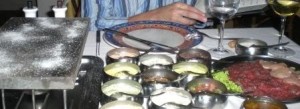
We always have to start with the cheese fondue, of course. It’s served with bread, broccoli, carrots and mini-potatoes. I haven’t been able to figure out exactly what cheese they use here, but it has a mild flavor and pairs nicely with the bread and vegetables.
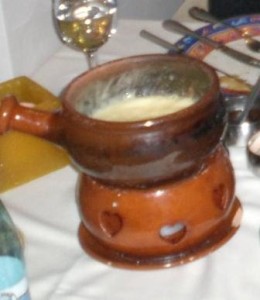
The meat usually consists of beef and chicken, sometimes there is lamb as well. It is cut into small pieces and pounded very thin so that it cooks quickly on the small grill. Along with the meat comes one of the best parts, the sauces! Thirteen total. From the Brazilian side of things you get farofa (toasted cassava flour), vinaigrette (chopped veggies tossed in lime juice), rose sauce (ketchup, mustard and mayo; not a favorite) and chopped eggplant in oil. To round that out there is spicy mustard, curry mayo, gorgonzola, onion marmalade, orange marmalade and a few more that we can never fully identify. I want to eat more meat just to try all the sauces!
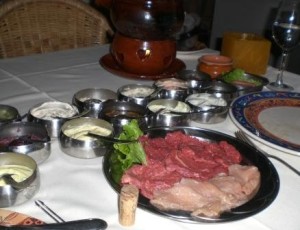
The dessert course offers all the tropical goodness of Brazil – seven different types of chopped fruits. You get melon, papaya, strawberries, pineapple, banana, apple and grapes. With that there is typically marshmallows and one time we even got little wafer cookies.
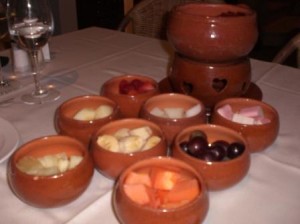
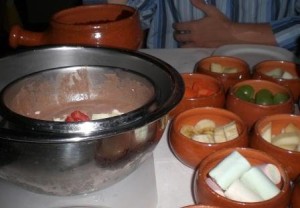
The chocolate is of the dark variety and goes so well with all the fruit. The second time we went they started adding an extra dipper to the dessert. In addition to the chocolate we got a bowl of half melted ice cream to dip our fruit in. I wasn’t a huge fan of this. I guess I just find it difficult to get excited about melted ice cream. On our most recent visit, though, they pulled out the ultimate offering. Along with the chocolate we got a bowl of warm doce de leite! With each piece of fruit I speared I was faced with the difficult decision of which one to dip it in, they were both equally fantastic.
To sum up, fondue in Curitiba is a must. In fact, Curitiba in general is a must. If you ever plan a trip to Brazil you’ll likely get a lot of advice on where to go. My vote? Do not miss this great city. I’ve thought a lot about why it is so appealing to me. In addition the diversity and some of the best food I’ve eaten in Brazil, it is also that the city is manageable.
I travel a lot with my husband when he works and that means I’m out and about on my own much of the time. There are lots of great cities here in Brazil, but to be honest, I would not feel courageous enough to tackle many by myself mainly due to their size. I don’t feel that way with Curitiba at all. It is a city of about 1.8 million and it is the ideal size for exploring alone or with a partner. It’s full of parks and historic attractions, not to mention shopping malls and small boutiques. When you combine all of that with outstanding food you’ve got one great travel destination.
Where to find the fondue:
Restaurant Chateau de Gazon
Rua Pasteur, 134 – Batel
Curitiba – PR, Brasil
www.chateaugazon.com.br



